Barely two weeks into his presidency, Donald Trump has already managed to disrupt an already teetering world order. In a matter of days, U.S. President Donald Trump has challenged the sovereignty of Greenland, Panama: he said he wants to annex the Danish island to “protect the free world” and its natural resources, Panama, on the grounds of Chinese influence. Then, there are the (suspended) tariff threats against Canada, Mexico, and China. Against Colombia, however, the newly-elected president briefly imposed economic and diplomatic sanctions.
Some argue there is a system in these impulsive, ad hoc moves that describes Trump’s foreign policy strategy; they call it the “madman theory”.
Is Unpredictability the Key to Success?
According to the “madman” idea, an unpredictable and irrational leader would have an advantage in international bargaining. The history of the theory stretches back to the Renaissance, as long ago as 1517 when Niccolo Machiavelli said that “at times it is a very wise thing to simulate madness.” Cold War strategists Daniel Ellsberg and Thomas Schelling reintroduced the theory into the strategic planning toolbox.
However, it was Richard Nixon who popularised the “madman” theory. The future 37th president told his campaign chief, H.R. “Bob” Haldeman, during the 1968 presidential campaign: “I call it the Madman Theory, (…). I want the North Vietnamese to believe I’ve reached the point where I might do anything to stop the war,” explained that he is capable of doing anything – including the use of nuclear weapons.
Under certain circumstances, such a gambit might work for someone in Trump’s position.
This is precisely the playbook that led Trump to threaten Colombia with a 25 percent tariff, which, within a week, would escalate to 50 percent if it didn’t accede to his wishes. Trump’s pressure on Colombia, which by some measures is the United States’ closest ally in Latin America and our third-largest trade partner in the region, was an evident display of his negotiation technique.
For Trump’s supporters, it is his risky nature that has led to some of his most significant foreign policy successes. To his detractors, he comes across as dangerous and unpredictable. During his first term, Trump intentionally cultivated a reputation as a “madman,” like in 2017, during the renegotiation of the US-South Korea Free Trade Agreement. Trump ordered his chief negotiator to tell his South Korean counterparts about him: “This guy’s so crazy he could pull out any minute.’… You tell them if they don’t give the concessions now, this crazy guy will pull out of the deal.”
Ultimately, Trump secured a modest trade agreement with the South Koreans. Meanwhile, he also engaged in reckless threats to destroy North Korea (and was himself the recipient of insults from the opposing leader who referred to Trump as “mentally deranged”. Trump boasted that his summit with North Korea was one of his foreign policy wins.
Doubts of the Strategy’s Efficiency
According to research by Roseanne McManus, a professor at Penn State University, the strategy could work in narrow circumstances.
The ploy benefits leaders who are deemed mad because of their extreme preferences rather than their extreme tactics.
This madman approach “may be helpful in crisis bargaining when the reputation of madness is slight.” McManus concluded more recently. In some ways, that can be applicable to Trump.
In reality, Nixon’s unexpected, surprising moves did not lead to any concessions. Hanoi did not rush to cut a deal. The war raged on for another four years. Instead, Nixon’s foreign policy victories came from more rational strategies of détente and triangulation, resulting in open relations with Communist China and SALT I, the first arms-limitations agreement between the U.S. and the Soviet Union.
There are many reasons to doubt that Trump will be able to play effectively the madman in his second term. The most obvious is that Trump’s first-term efforts at coercive bargaining went largely for nothing. His administration’s track record on economic coercion wasn’t a great success. On the contrary, his arguably most significant success in foreign policy – the Abraham Accords – was reached through subtle negotiation methods rather than vocal threats. Eventually, Trump’s madman schtick worked better with U.S. allies than adversaries. The former group of countries, rattled by his threats to withdraw from long-standing alliances and trade treaties, at least made some public displays of fealty.
The Limitations of the “Madman Behavior”
Most foreign leaders are now intimately aware of Trump’s playbook. One reason Nixon’s madman gambit failed was that Soviet officials, familiar with Nixon from his decades in public office, knew when he was pretending to play the madman. Trump is now more predictable than the foreign leaders who dealt with him the first time around.
Madmen’s behavior contains inherent limitations as an approach to foreign policy and rarely, if ever, generates success.
Providing clear signaling while acting erratically is exceedingly difficult. Credibly backing up wild threats is just as challenging, especially when a country must also take allied preferences into account. And finally, truly extreme demands can actually give adversaries a reason to stand firm or even escalate, because madmen have trouble providing credible assurances that they will stick to any bargain they negotiate.

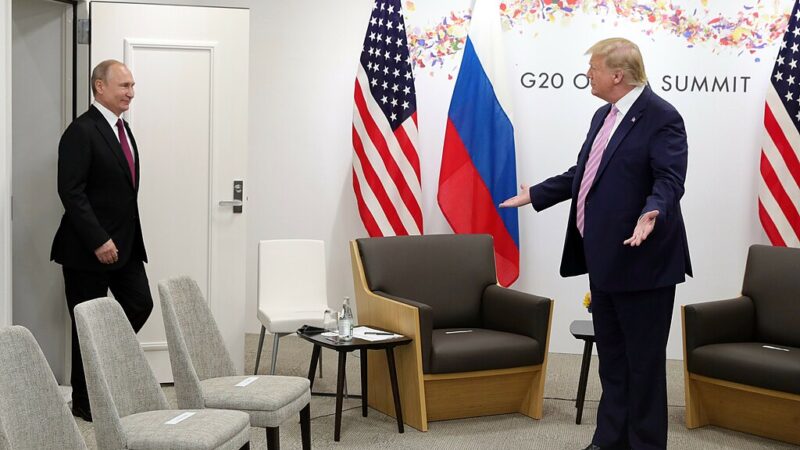
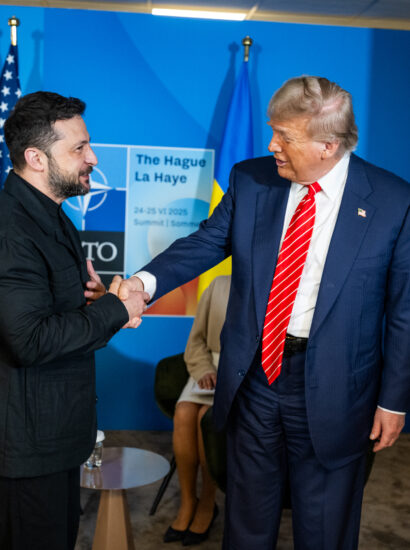
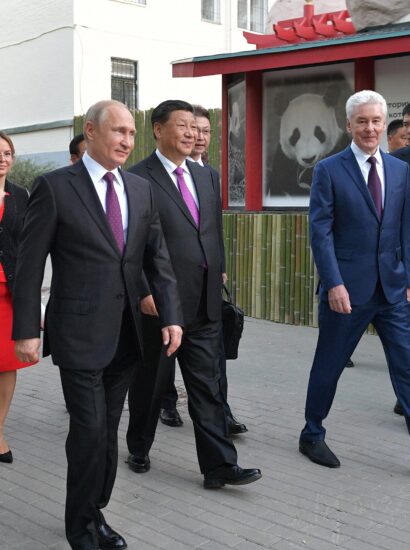
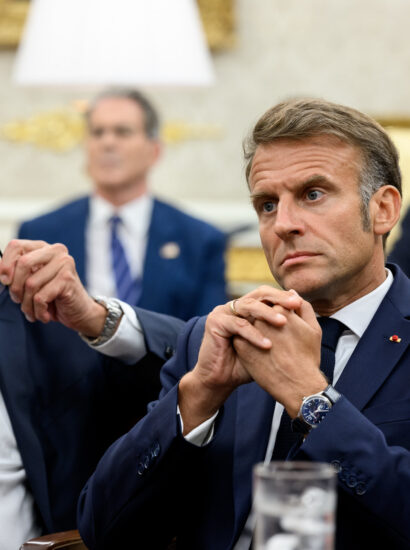
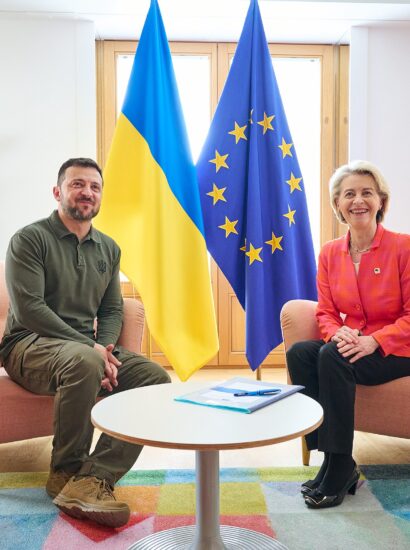


[…] problem is that Trump is simply bringing to its most extreme consequences the weakness of a system that was built for stable times which are long gone. We […]
[…] months, aides to Donald Trump had been working to fulfil the newly elected U.S. president’s signature promise to rapidly […]
[…] who openly acts in line with the “madman theory”, pretends to be an unpredictable and irrational leader, hoping to have an advantage in […]